Connecting Time, Town, and People with Red Bricks (1)
Although I have not yet seen the actual building. On the campus of Shinshu University in Matsumoto City, Nagano Prefecture, there is a red brick warehouse (former the food warehouse of Matsumoto Infantry 50th Regiment) that was built in 1908.
On March 31, a symposium was held in Matsumoto City to consider its preservation and utilization (hosted by Shinshu University), which I attended.

The poster and the schedule at the entrance of the venue for the day.
The time schedule said that this symposium has two sessions. As Session I “Past red bricks” and Session II “Future red bricks”.
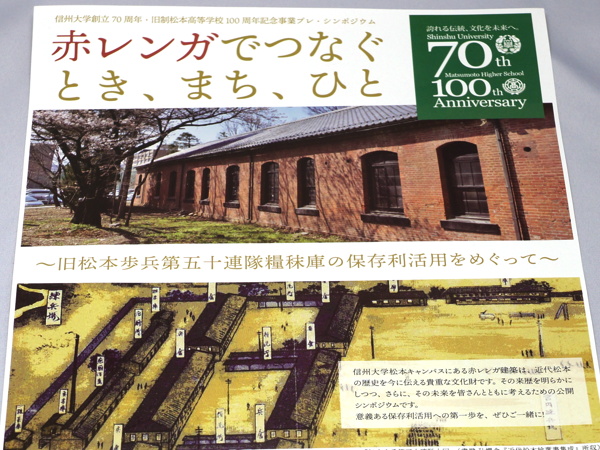
I didn’t get a picture of the actual red brick warehouse, so I took a picture of the leaflet of the symposium on the day. The one on top is the red brick warehouse that remains today. The picture below is from a book called “Collection of Modern Matsumoto Postcards,” dated 1908. This drawing was also included in the materials distributed on the day of the event.
This red brick warehouse was originally built as a cookhouse for the Matsumoto 50th Infantry Regiment.
In Session I, Professor Masaki Fukushima of the Archives Center, Shinshu University, explained the history of the red brick warehouse.
The talk began about the early Meiji era, when land was secured in Matsumoto for the army. There was a time when the land was leased to the prefecture, but in 1907, it was decided to establish the 50th regiment in Matsumoto.
The regiment soldiers entered the barracks in 1908, so the building must have been completed by this time.
There was a slide presentation of historical documents on the day, but since I cannot post it on my blog, I will write about it using the materials available at hand.
In the Digital Collection of the National Diet Library, there is an album titled “The Memorial Album of the 50th Infantry Regiment March around the Borderland Mountainous of Shinano-Hida” (edited by Kiyoshige Komatsu), published in 1917. The 50th Regiment marched from Matsumoto to Mt. Norikura, entered Gifu Prefecture, and then returned to Matsumoto through Kamikochi. And it was published as an album.
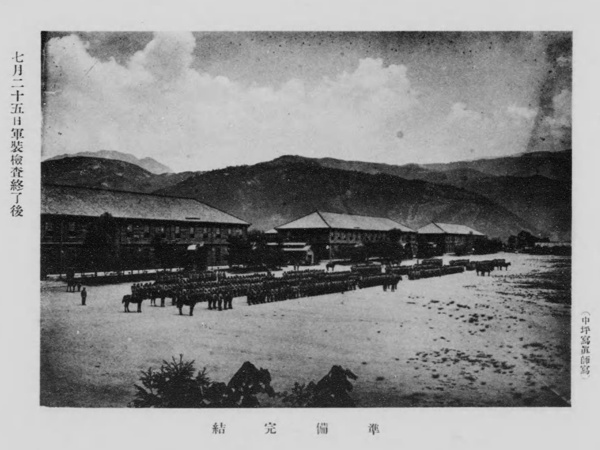
This is a photo taken at the end of the military equipment inspection on the day before departure, which is written as “July 25, after the completion of the military equipment inspection". The photo here shows the barracks of the 50th Regiment; there are three buildings in the photo, but there was another row behind them, so there were six barracks.
According to the drawing, the main gate was on the left outside the frame of this photo. The regimental headquarters building was located beside the main gate.
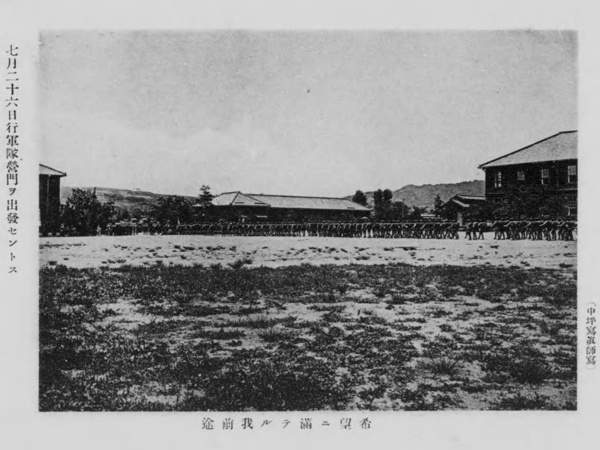
This is the next photo from the same album. It reads, “July 26th, about to depart from the marching party’s brigade gate”. The barracks on the far right of this photo is the barracks on the far left in the previous photo. The soldiers of the regiment are moving toward the left, which was the main gate. The buildings in the center are the brig and guardhouse, and the building we can see just a little on the left should be the regimental headquarters.
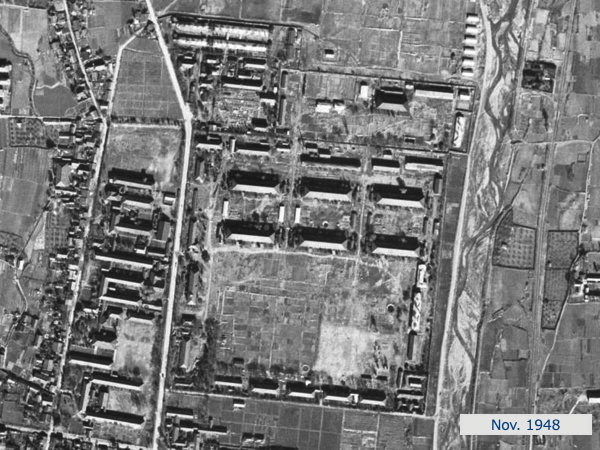
This photo is part of an aerial photo taken by the U.S. Army on November 23, 1948, from the GSI’s “Map and Aerial Photo Viewing Service". There are six buildings lined up in the center, and they are the barracks.
In 1944, the government-run Matsumoto Medical School was established in Matsumoto City. The school opened but was unable to prepare school buildings, so it borrowed classrooms from Matsumoto High School, used the main hall of a temple, and later used the Matsumoto Junior High School building. After the World War II, the Matsumoto Medical School secured the 50th Regiment Garrison as its school site. 1946 saw the completion of the relocation, and in 1947 it was decided to elevate the school to a college. The Matsumoto Medical College was established in 1948.
Therefore, the above aerial photo was taken during the period of Matsumoto Medical College.
The school was later established as the new Shinshu University School of Medicine in 1949 and opened in 1951.
The buildings from the army era seem to have been used as barracks for laboratories and classrooms, while the brick buildings were used as training rooms, specimen rooms, and warehouses.
Next photo.
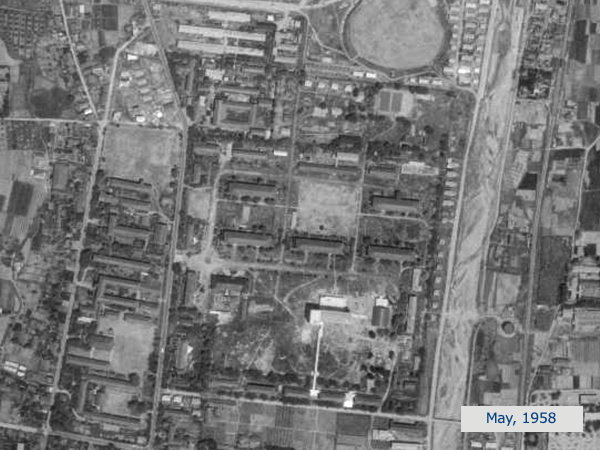
In this photo taken in 1958, one of the barracks buildings has been removed, and a building can be seen standing on the site to the south, which used to be a training and gymnastics ground.
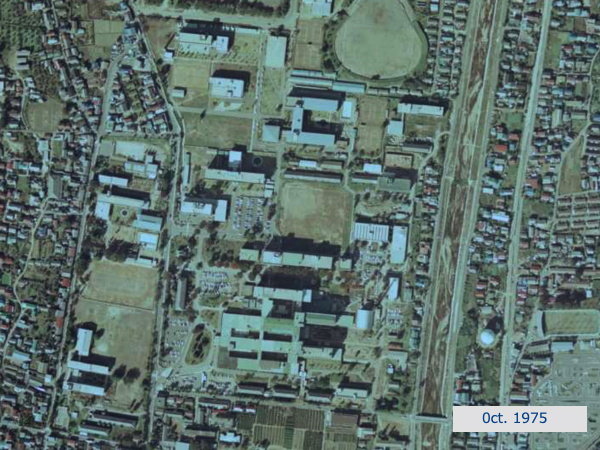
The third aerial photo, taken in 1975, shows that all six barracks buildings have been removed and no more remain. Nevertheless, some of the former army-era buildings appear to remain, including the three buildings along the road to the south and the building to the north of the ground in the center of the photo.
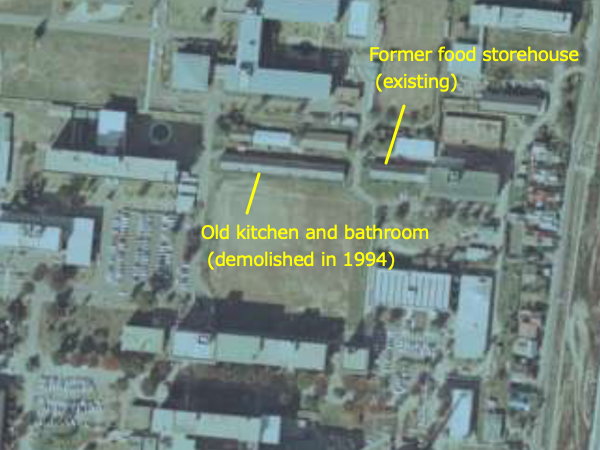
I enlarged part of the same photo. I have annotated two buildings. The building that was a “food warehouse” during the Army era is the one that is still standing and is the subject of this symposium.
The one to the west was the “old kitchen and bathroom”, which was demolished in 1994.
Actually, there was a survey done at the time of the dismantling of the old kitchen and bathroom in 1994, and you can read it in the Digital Collections of the National Diet Library.
On “the measured reconstruction drawing of the brick building of the 50th Infantry Regiment” by Yoshiro Komatsu, Japan Society of Metrological History. Here you can also see the layout of the site before and after the World War II.
It is a pdf, so please see the link. (written in Japanese)
We can also see the layout of the Matsumoto Medical School here. The old kitchen and bathroom, which was demolished in 1994, was used as a training room, and the old military storehouse, which was demolished in 1994, was used as a medicine storehouse.
The existing former food storehouse was registered as a Tangible Cultural Property of Japan in 2012. However, it is in need of repairs due to leaks and cracks in the interior.
*****
It may not be enough, but I have written about the history of the building based on a combination of what was said at the symposium and the materials available at hand. The symposium later turned to the history of the building’s preservation and then to its utilization.
I plan to write about that in my next entry.
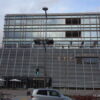
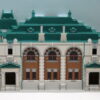
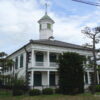
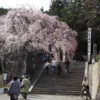
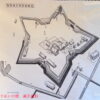
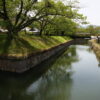
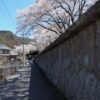
Recent Comments